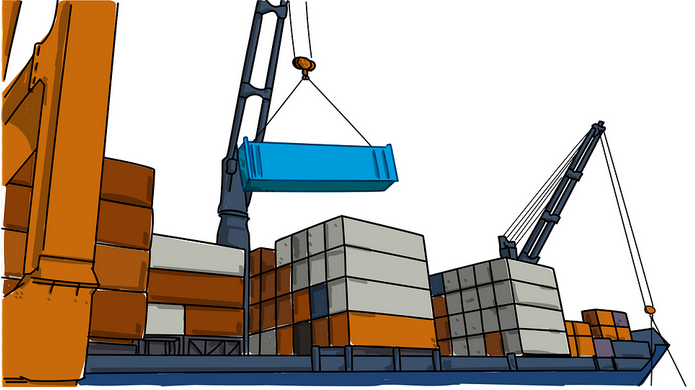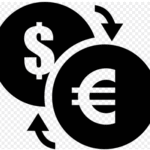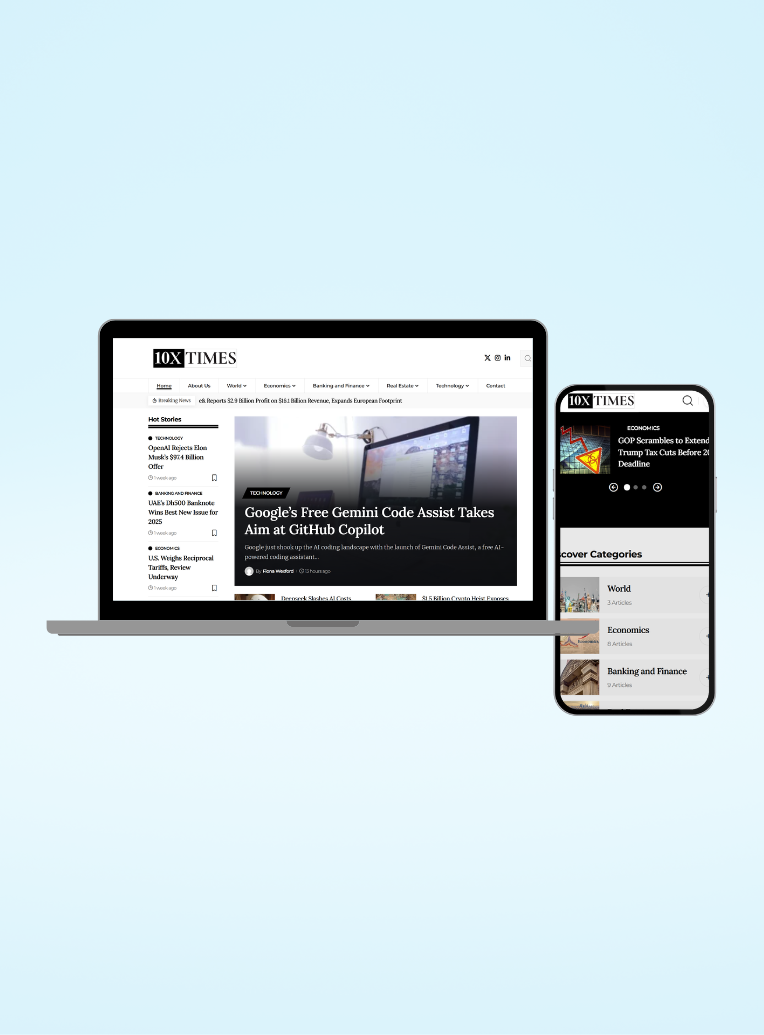In March 2025, the latest data from the Commerce Department showed that US retail sales increased 1.4% month over month, the most significant monthly gain since January. At first glance, this suggests an active consumer, but a closer inspection results in a more complex narrative underpinned by economic themes and the potential for policy change.
Crunching the Numbers: Retail Spending & Tariff Angst
The bulk of this upturn in expenditures appears to be a response by American consumers to President Donald Trump setting tariffs and announcing hikes on products and commodities being brought into the country. Expecting that it would soon soar, the majority of buyers directed that much money into durable purchases to escape the tightening grip of these levies. Evidence of that behaviour is the massive 5.3% surge in sales at motor vehicle and parts dealers, the sharpest monthly pace in over two years. Similarly, home improvement retailers saw an impressive gain of 3.3% in sales. It suggests consumers bolting to higher, more expensive products that they believed would be the most hit from the newly imposed tariffs.
Categorical Differences in Retail Spending Trends
Sales rose sharply month over month in March for some sectors but fell for others. Sales at furniture stores, department stores, and gas stations also dropped. The decline in spending at gas stations may be partly attributed to lower fuel prices during the reference period of the report. These are nominal, not inflation-adjusted, figures from the Commerce Department. The differences across retail categories suggest tariffs are hurting some products more than others; consumers seem willing to front-load some goods (auto, home improvement materials) but no other goods.
Economists Cite Greater Economic Concerns
Although March’s retail sales figures are good news, many economists warn that this rise does not necessarily indicate strength on the whole of the economy. It’s much more a measure of the degree of consumer anxiety about the tariffs raising inflation. In recent months, various sentiment studies have shown that consumer confidence has dropped, something people have illustrated correlates with the fact that the administration’s trade policies are very unpredictable. Significant spending increases in March may be temporary because economists are predicting a stranglehold of consumer psychology to settle in over the following months as the tariff aftershocks move through the economy.
The Implications of This for Future Market Cycles
For the economic wonks and the Fed, it’s a mixed bag. The animal spirits of consumer spending are increasing but only as a result of threats of putting tariffs to use, which might complicate the economic picture by covering up real trends of behaviour. This complicates the job of the central bank in assessing the fundamental strength of consumer spending — which constitutes the bulk of the US economy — not to mention what to do about interest rates. The knock-on effects for longer on prices or jobs could stoke stagflation fears — the combination of firmer price rises with tepid overall growth and higher joblessness.
Other Key Insights
More than this specific case, this quarantine has implications for trade relations and the global economy overall. That idea was supposed to boost their local economies; however, several experts have been alert regarding possible counter-measures from trading partners, as well as adverse effects on supply chains in general. Policies like these for trade are something the Fed knows could leave economic horsepower stable and make the Fed’s job only harder, taking the poison-swilling wheel to steady on prices and full employment. Over the next few months, only time will tell whether the tariffs will have a lasting effect on US consumer behaviour, the evolution of inflation, and, indeed, the trajectory of the US economy as a whole.






